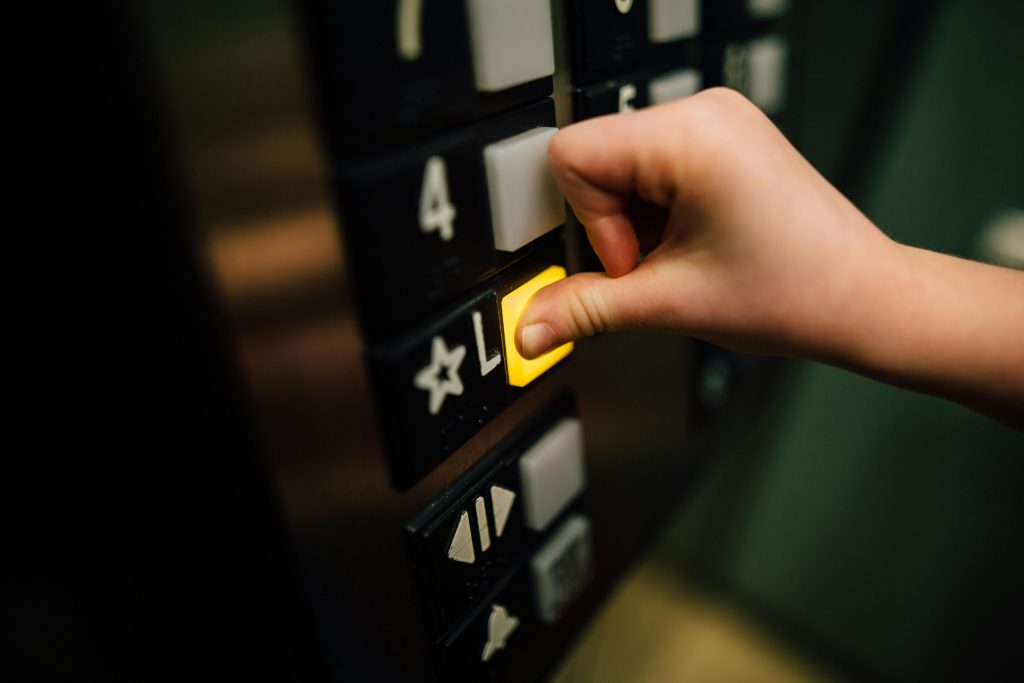Installing a passenger lift is not only a matter of courtesy, but also an essential requirement to improve the accessibility and convenience of your building. It plays a crucial role in transforming the way tenants and visitors engage with your space. However, the process of selecting and installing the appropriate passenger lift involves making significant decisions and taking various factors into account.
Understanding Your Building’s Needs
When selecting a passenger lift for your building, it’s crucial to consider various factors to ensure the lift meets your needs in terms of functionality, safety, and efficiency.
Here’s a detailed breakdown of key considerations:
Building Height: The choice between hydraulic lifts for low-rise buildings and traction lifts for high-rise buildings is dictated by the building’s height and the number of floors it encompasses.
Space for Lift Shaft and Machinery: Space availability is crucial for accommodating the lift shaft and its machinery. Machine Room-Less (MRL) lifts save space by eliminating the need for a separate machine room, unlike traditional Machine Room (MR) lifts that require extra space.
2. Passenger Capacity
Determining Maximum Usage: Assessing the maximum number of passengers the lift will carry at any given time is essential for selecting the right size and capacity.
Accommodation Needs: The lift should be spacious enough for passengers, wheelchairs, prams, and luggage, with a weight capacity to match the expected load. A higher passenger capacity can also minimise waiting times.
3. Lift Speed
Appropriate Speed for Building Height: Lift speed should correspond to the building’s height and the number of floors to ensure user convenience without unnecessary expense.
Traffic Analysis: A traffic analysis can help determine the optimal lift speed to keep waiting times to a minimum.
4. Energy Efficiency
Reducing Energy Consumption: Features like regenerative drives (for traction lifts), LED lighting, and standby modes contribute to energy efficiency, reducing costs and the building’s carbon footprint.
Compatibility with Building’s Power Supply: It’s important to choose a lift that matches your building’s electrical infrastructure.
5. Safety Features
Compliance with Safety Standards: Ensuring the lift meets all relevant safety standards is non-negotiable for passenger protection.
Maintenance and Safety: Regular maintenance is crucial for the lift’s safety features to remain operational and effective.
6. Maintenance and Servicing
Regular Upkeep: Choosing a lift from a reputable manufacturer that offers comprehensive maintenance and 24/7 servicing support ensures the lift remains in optimal condition.
7. Installation and Cost
Qualified Technicians: The installation process requires skilled technicians to ensure compliance with safety and regulatory standards.
Overall Cost Considerations: The lift’s cost includes type, capacity, travel distance, and machinery room location, plus ongoing maintenance expenses. It’s important to compare different systems for the best value without compromising on quality and safety.
Certification and Safety
Elevator Certification: Certification involves thorough inspections and tests to confirm compliance with safety standards. Regular checks throughout the elevator’s lifecycle guarantee its safe and efficient operation.
Choosing the right passenger lift involves a careful analysis of your building’s specific requirements, prioritising safety, efficiency, and user convenience. By considering these factors, you can select a lift system that provides reliable service and enhances the accessibility of your building.
